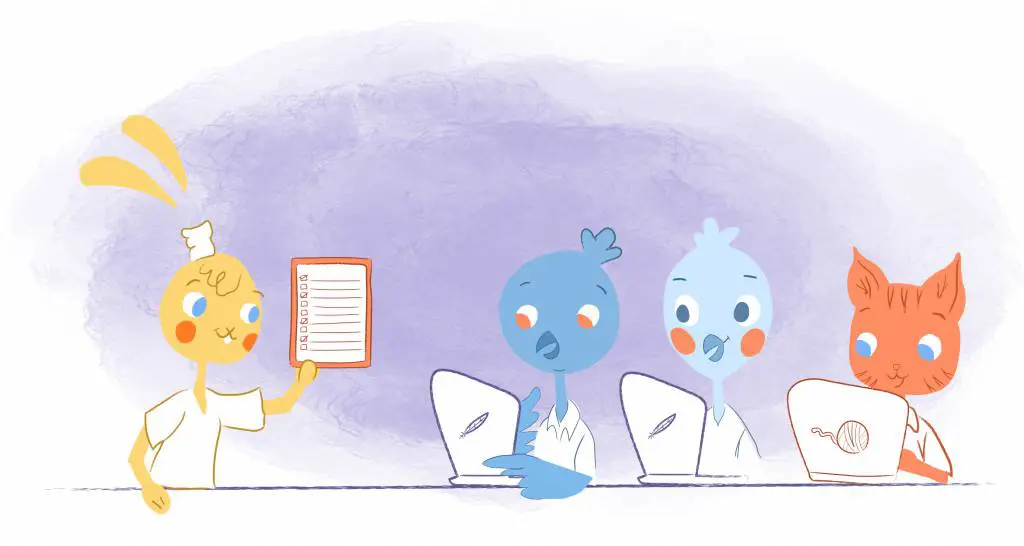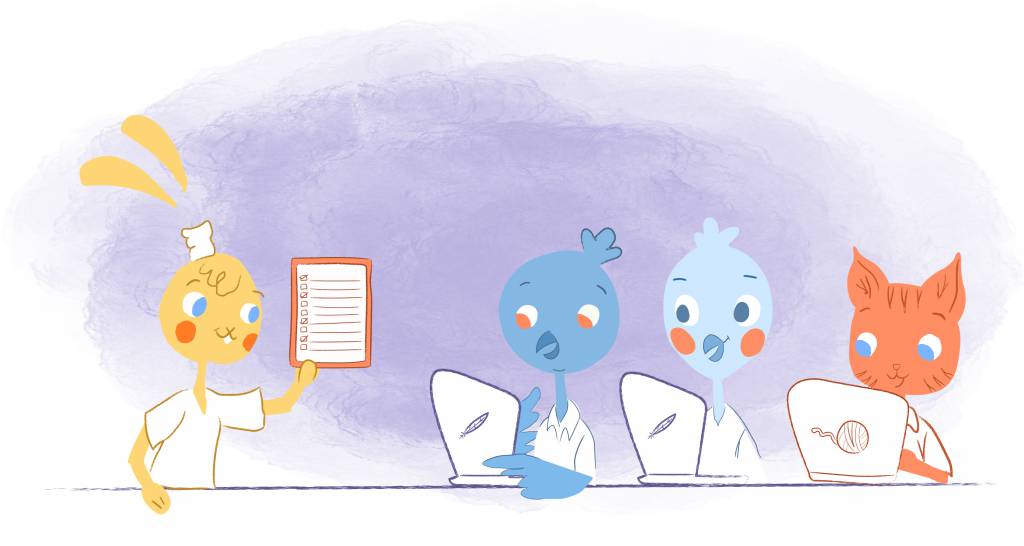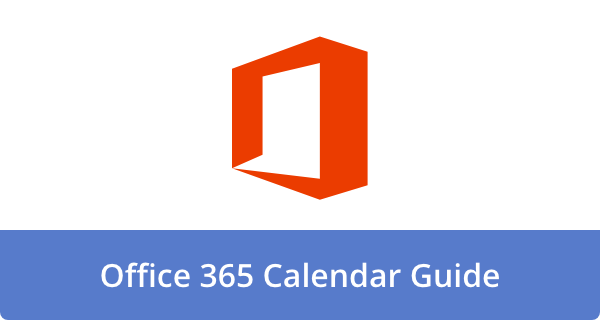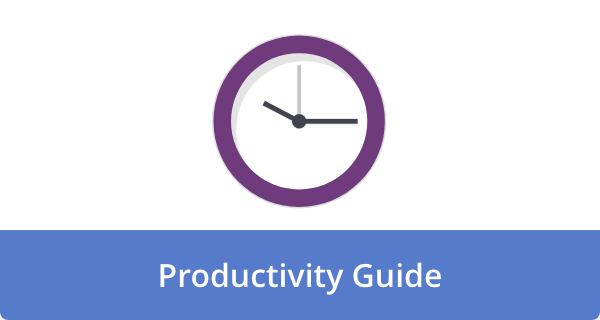

Having employees can be a great way to grow your business and get more done. In fact, you may reach a point where you feel you can’t move forward with your operations until you hire some help.
While having employees is supposed to help your business progress, it can backfire if your employees are wasting too much time and not being efficient. Essentially, you’re paying them for their time. In that time, they must be able to get certain things done. If they’re not, you’re wasting money and not getting any results.
If you want to avoid this problem and employ a productive team, here are a few ways to minimize employees wasting time at work.
Set an Example
One of the best things you can do to minimize employees wasting time at work is set an example by being more efficient yourself. As a business owner, you set the tone for the entire team. You determine what the workflow is like along with the work-life balance.
It’s important to make sure you’re working as efficiently as possible before you start to direct a team. Set a clear start and stop time for your daily work tasks, eliminate distractions, block social media sites, and try time-blocking to get more things done before the typical afternoon slump.
If you’re just spinning your wheels and have a mile-long to-do list, you can’t really expect your employees to be much better if you’re not providing any structure. Set an example work improving your efficiency first so you can know what works and make recommendations when it comes to productivity.
Set Expectations and Get on a Schedule
Let team members know what you expect from them early on and help them create a schedule. If you’re managing a remote team this can be difficult if they intend to set their own schedule.
However, you can determine deadlines for certain tasks to help everyone stay on track. Provide thorough training so employees know how to do tasks efficiently and set expectations on how long you feel it should take them to complete the task.
Keep open lines of communication so your team can provide you with feedback on the things they’re working on and any situations that may come up during the process.
Have Regular Progress Meetings
In terms of keeping lines of communication open, you can actually take this a step further and schedule regular progress meetings with your staff. This can be a perfect time to share announcements, exchange updates, and address and pending issues with the workflow or results.
You also want to make sure your employees have everything they need from you in order to be efficient. You can brainstorm during your meetings to see if there’s a better way to take on certain tasks.
Overall, your meetings don’t have to be super long. You can do 30-minute weekly or bi-weekly meetings just to make sure everyone is on track. This will provide accountability for everyone and more clarity in your business.
Give Longer Breaks
Yes, you read right. Giving your employees longer breaks could actually work out in your favor. According to a report from Salary.com, employees who admitted to wasting time at work said that common time-wasting activities were talking with other co-workers (43%), online activities (34%), and texting and on personal phone calls (4%).
As you can see, nearly half of the employees that were surveyed said they wasted time by chatting with other coworkers and over a third said they were browsing online.
These are all common time-wasting activities that tempt each one of us during the workday. Feeling the urge to do these things can be our mind’s indirect way of saying we need a break to recharge our focus.
Instead of trying to force employees to work more, you may get better results by giving a longer break so they can do these time-wasting activities off the clock and recharge for the rest of the workday. You can also give more frequent breaks if you’re working with a team on-site.
We all get distracted and sometimes it helps to fight it but other times, it just makes it worse. Consider increasing the break time you give employees by at least 30 minutes per day and see if it has a positive impact on the workflow.
Offer an Incentive
Sometimes, incentives can go a long way. You’d be surprised at how often people are motivated by money. We all are actually. While it’s important that your employees work in your business because they understand and support your mission and genuinely like their work, a little incentive doesn’t hurt to boost productivity.
This incentive can be in the form of a bonus, prize, etc. The idea is to motivate employees to hit certain benchmarks and reward them when they do. This will help eliminate employees wasting time at work.
When I worked for a small web design start-up, I remember my boss giving us a goal each month and a bonus incentive if we reached it. While I was already pretty self-motivated, I was even more motivated to manage my time wisely and make progress during the entire month so my team could get out bonus.
If we didn’t manage time well, we’d often opt to stay late toward the end of the month to catch up. This was a voluntary action but I learned to work efficiently each week to avoid falling behind.
Other incentives I remember being offered was earning an Amazon gift card for getting our clients to leave us a review on Yelp. At the time, the company was really looking to get some more Google and Yelp reviews on our service so this was a great way for my boss to incentivize the team to ask clients for reviews.
Overall, an incentive can really give employees that extra push to get things done and avoid wasting time on daily tasks.
Ultimately, time is money and you want to minimize employees wasting time at work so your business can become successful. Use these tips to allow yourself and the whole team to be more efficient and meet important goals within the business.

























Choncé Maddox
Choncé Maddox is a professional writer who recently left her job in the web design industry to produce killer content and manage her own writing business full time. She is passionate about helping entrepreneurs be more productive and create a life they love by doing fulfilling work. On the side, she runs a podcast and blogs about getting out of debt at MyDebtEpiphany.com.